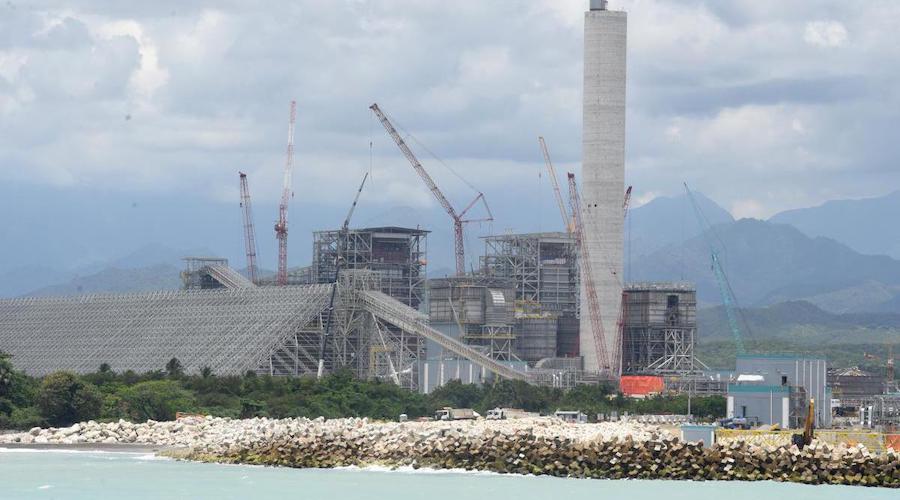Ash from largest coal-fired power plant in DR releasing toxic heavy metals – report

Researchers from Duke University found high levels of toxic heavy metals in coal ash from the Dominican Republic’s largest coal-fired power plant.
The 752-megawatt Punta Catalina power plant is located about 33 miles southeast of Santo Domingo on the country’s southern coast. The $2.34-billion twin-unit plant, built by the Odebrecht-Tecnimont-Estrella Consortium, was initially scheduled to be fully up and running in 2018 but was plagued by construction delays, financing scandals and concerns about its environmental impact.
When fully operational, it will account for about 30% of the nation’s total operating capacity.
Levels of molybdenum, selenium, lithium, thallium, barium, lead and other metals in leachates extracted from the coal ash exceeded both WHO and EPA guidelines
But according to the Duke report prepared by Zhen Wang and Avner Vengosh, coal ash from Punta Catalina revealed high concentrations of arsenic, selenium and other potentially harmful heavy metals – well beyond what is typically seen in common soils.
“Toxicity tests show that, in some cases, the level of contaminants that leach out of the ash when it is released into the environment could exceed World Health Organization and US Environmental Protection Agency standards for drinking water and ecological health,” Vengosh said in a media statement.
These findings suggest that the unregulated disposal or release of coal ash from the plant into the environment could contaminate local soils and water resources and pose high environmental and human health risks in surrounding communities.
To reach these conclusions, Vengosh and Wang analyzed a coal ash sample from Punta Catalina and looked for heavy metal contents using a suite of toxicity tests that identify and measure the contaminants that leach out of the coal ash when it is released into the environment under different acidity conditions.
After doing this, they noticed that levels of molybdenum, selenium, lithium, thallium, barium, lead and other metals in leachates extracted from the coal ash exceeded both WHO and EPA guidelines.
“One of the objectives of this project was to provide environmental groups, regulatory agencies and community leaders in the Dominican Republic with unbiased scientific information to support efforts to protect the environment and human health there,” Vengosh said.
More News
{{ commodity.name }}
{{ post.title }}
{{ post.date }}



2 Comments
BOB HALL
The true purpose behind the study was to fill a report with ‘maybes’ “could’ ‘might’ and assorted other possibles. This is hardly the way scientific reports are done. It sounds more like a high school project or a hatchet job.
Night Rider
Mischievous report and reporting!